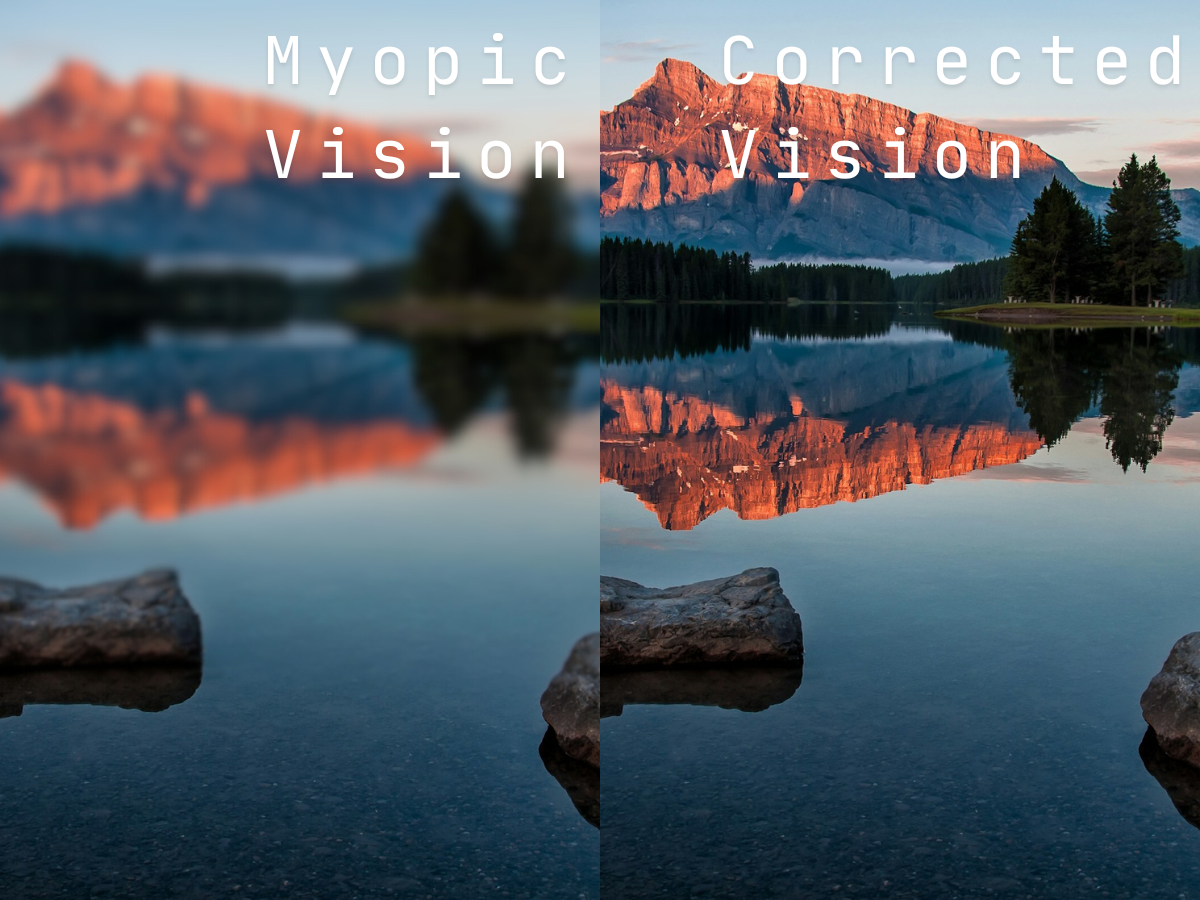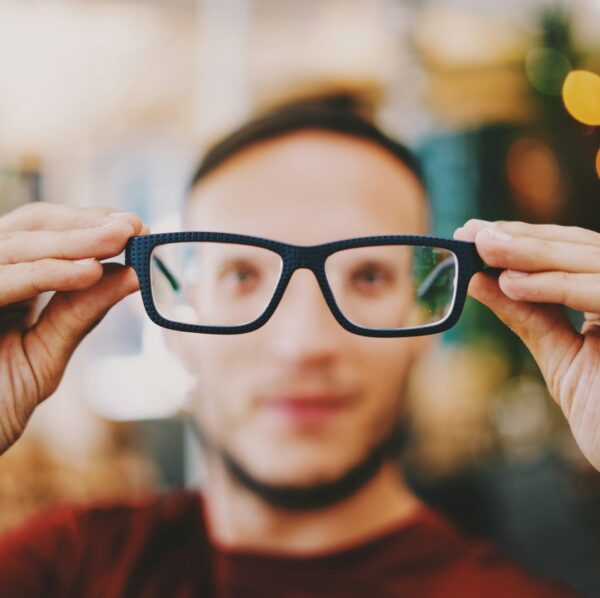What is Myopia or Nearsightedness?
Medically, myopia (my-OH-pee-uh) is an inability to see far away. A synonym is “nearsightedness.” Someone who is myopic can see near, but not far away. LASIK eye surgery can correct this common condition.
Myopia, also known as nearsightedness, is a common vision problem that affects a large portion of the world’s population. It is a refractive error that causes distant objects to appear blurry, while objects that are nearby remain clear. This is because the eye is unable to focus light correctly onto the retina, resulting in a blurred image being formed on the retina.
What Causes Myopia?
Myopia is caused by a focusing errors that can be corrected by changing the shape of the cornea. The cornea transmits light through various eye parts internally toward your retina, which interprets an image. When your cornea is too steep, the image gets distorted, and you have a myopic prescription. (When the cornea is too flat, the image also gets distorted, but this is considered a hyperopic, or farsighted, prescription.)
The causes of myopia are multifactorial, with both genetic and environmental factors playing a role. Studies have shown that if both parents have myopia, their child is more likely to develop the condition. Additionally, factors such as prolonged near work, lack of outdoor activity, and low levels of light exposure have been linked to an increased risk of developing myopia.
Myopia typically develops during childhood or adolescence and can progress over time, with the degree of nearsightedness varying from person to person. Mild myopia may not require vision correction, but moderate to high myopia can cause significant visual impairment and impact daily activities such as driving, sports, and school work.
Myopia and Vision Correction
Luckily, myopia is a common vision problem that can be diagnosed at an eye exam. The most common method of correcting myopia is through the use of glasses or contact lenses. These devices work by refracting light in a way that compensates for the eye’s focusing error, allowing for clear vision. However, many individuals may find glasses or contact lenses inconvenient or uncomfortable to wear, and may seek alternative options for vision correction.
Myopia and LASIK
Refractive surgery, such as LASIK surgery, is a popular and effective method of correcting myopia. LASIK, which stands for Laser-Assisted In Situ Keratomileusis, works by reshaping the cornea to correct the focusing error that causes myopia. During the procedure, a laser is used to remove a small amount of tissue from the cornea, which changes its shape and improves the eye’s ability to focus light.
LASIK is a safe and effective procedure, with a high success rate and minimal downtime. However, not everyone is a good candidate for LASIK. Individuals with certain medical conditions or eye problems may not be eligible for the procedure. Additionally, LASIK is not always covered by insurance and can be expensive.
Other refractive surgery options for myopia include photorefractive keratectomy (PRK), implantable collamer lenses (ICLs), and refractive lens exchange (RLE). These procedures also work by reshaping the cornea or replacing the eye’s natural lens, allowing for improved vision without the need for glasses or contact lenses. Each of these procedures has its own benefits and risks, and a comprehensive consultation with an eye surgeon is necessary to determine which option is best for each individual.
In conclusion, myopia is a common vision problem that can be effectively corrected with glasses, contact lenses, or refractive surgery. LASIK is a popular and safe option for myopia correction, but other options are available as well. Regular eye exams are important for early detection and management of myopia, and individuals who are interested in vision correction should consult with an experienced eye surgeon to determine the best course of action. By doing so, they can achieve clear vision and improve their quality of life.
If you’re interested in learning about LASIK, schedule a free consultation.

Find a LASIK Surgery Location Near You
We’re located nationwide – it’s easy to find a LASIK Vision Center near you.
Source
Nearsightedness - Symptoms and causes - Mayo Clinic. (2024, April 19). Mayo Clinic. https://www.mayoclinic.org/diseases-conditions/nearsightedness/symptoms-causes/syc-20375556
Categories:



